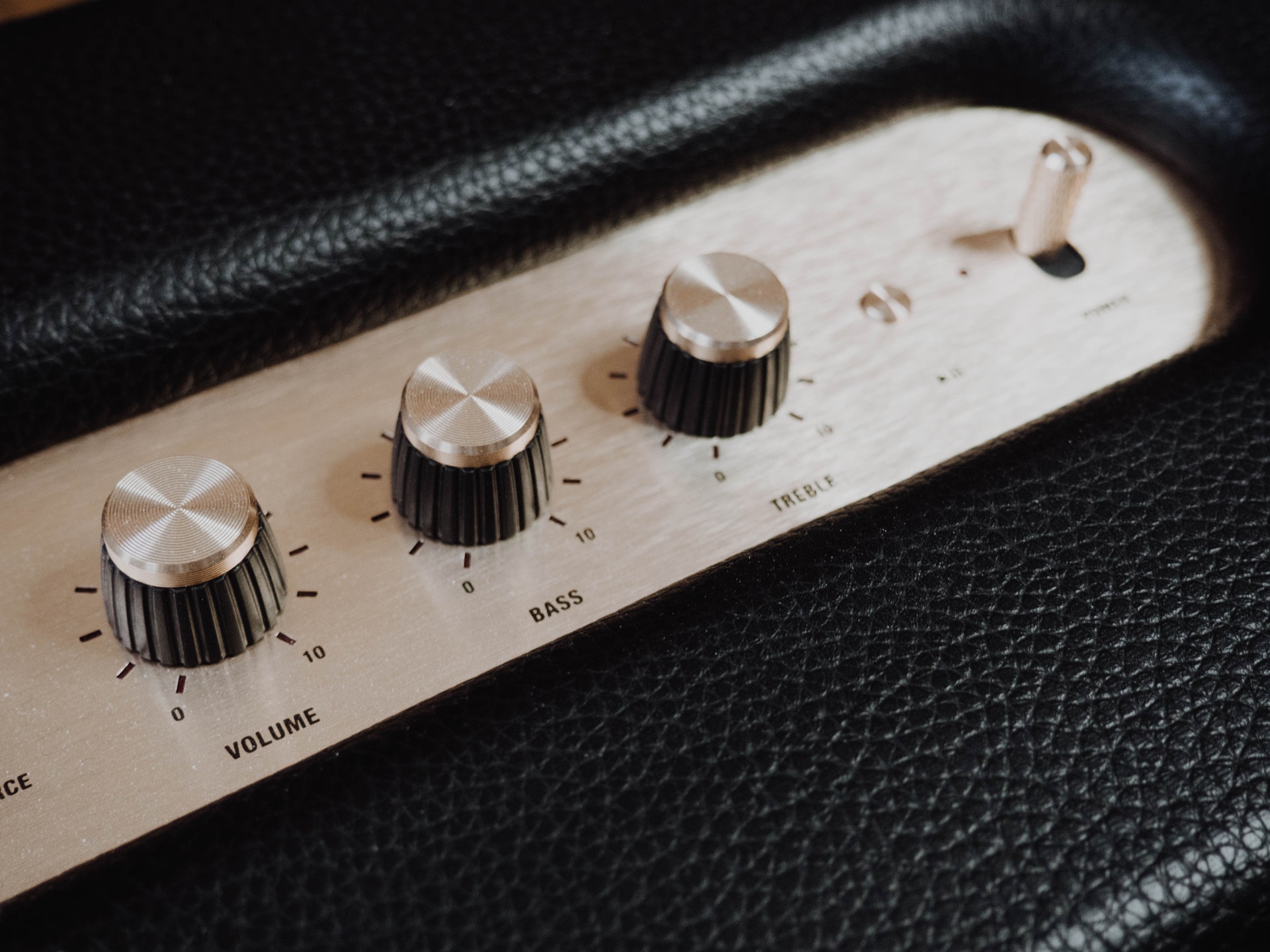What is Music Journalism (and How Has it Changed)?
Journalism is a career inspired by passion, and nothing defines that more than music journalism. It doesn’t just cover new albums or songs, as some music portals act as a one-stop shop for teaching readers about playing instruments, the mechanics of the industry, or even about the concept itself. So what is Music Journalism?
Music journalism includes many different forms ranging from posting reviews about new releases to fully-fledged businesses covering every aspect of the industry. Music Journalists cover changing conditions, interviews, and new release announcements.
Over time, some of the most iconic areas of pop culture have evolved thanks to their role in the music media primarily and shaped the industry we know and love today. Below, we delve deeper into our industry’s realms and find out precisely what music journalism is.
Music Journalism – The First Form of Specialist Journalism
Music has been at the pinnacle of culture for centuries, and the era of publishing views on music spreads back to the late 1700s. The first dedicated journal to music was recorded in 1798 when German writer Johann Freidrich Rochlitz published the Allgemeine Musikalische Zeitung (General Music news). This early periodical focused on critiquing operas and classical symphonies in Germany at the height of the Romantic Era.
These reviews then spilled over to newspapers, which were all the rage by the start of the 20th century. It was here that the role of the music journalist was truly born.
Media companies were keen to cover all aspects of daily life and would hire specialist writers to focus solely on reviewing new releases and shows as they happened. It gave broad exposure to the music world.
Every day, millions of people read about the latest happenings. This writing opened up a new kind of business venture to thrive.
Music Magazines – A Later Form of Music Journalism
Music magazines delve deeper into subgenres of music, focusing solely on a particular genre and anything that revolves around it. Rock music titles led the scene with the likes of NME and Rolling Stone.
These magazines offered readers immediate access to stars like Elvis Presley and John Lennon in ways that traditional papers couldn’t. The appeal of getting up close and personal with the biggest names in the world gave a different perspective. This feature allowed these brands to become a heavyweight presence in the industry.
Bands and record labels themselves would (and still) directly contact magazines their latest EPs. These bands hope to get sampled, possibly giving their career a much-needed boost. Of course, you could say the reverse about a negative review which could destroy musicians if reactions to the new songs were terrible.
TV & Radio – How These Intermingled With Music Journalism
For anyone breaking into TV & radio, music journalism can be a place for the more creative to shine genuinely. Throwing away the constructs of just words to a page, it is here that a music journalist can get creative with their content.
Sure, the formal magazine or newspaper interview works alright. However, TV and Radio allow both the journalist and musicians unique opportunities.
For instance, the whole band can easily chip in their thoughts on an interview or directly showcase the skills that got them into the prominent position they are in today. Doing this gives greater freedom of directing pieces and allows for new media to boost the audience’s potential.
It also allowed for new forms of music journalism to take hold and let musicians themselves pass on skills to a new audience. Showing how to play through video and audio gave budding musicians a great platform.
Bert Weedon – “Play in a Day” – An Example of Musicians Using TV Publicity
There is no better example of an instructional music journalist than Bert Weedon.
Weedon was an accomplished guitarist who worked with many top artists in the 1950 and 1960s as a session musician with BBC Radio. As a background figure, Weedon took to a new method to showcase his skills, creating the “Play In A Day” series.
This series taught all the fundamentals needed to master the guitar in just 24 hours. Originally just a book, the series was a hit with backing from several significant figures such as Eric Clapton and Jimmy Page.
The success of the series led to the guides for both TV and radio, with new releases made over three decades. It elaborated on his successful book series. It also gave children of the 70s, 80s, and 90s (myself included!) a chance to become an ax god!
How The Internet Impacts Music Journalism
The information age has seen music journalism open up to anyone and everyone with the slightest passion for music. Social media has played a big part in this. Anyone has the chance to engage with bands and explore new horizons.
The rise of platforms such as MySpace and Facebook made music more accessible. Fans can also communicate directly with the bands.
Sure, many big bands may not respond to the thousands of messages they receive daily. Still, emerging talents can react instantly. Fans get pretty excited to speak with musicians they respect.
Furthermore, musicians can release stream previews and song releases on platforms like SoundCloud and YouTube. If a song is online, fans can blog about it and give their thoughts on the release and broadcast it to the world.
Fans can also interact in debates with fellow music fans. This conversation gives them the chance to enjoy discussions. Bands can gain more notoriety from this discussion – for good or for bad.
Bands can also talk with their fans, directing streams to their fan base to get reactions about new material, skipping the middle man.
Rage Against The Machine – “Killing in the Name Of”
“Killing in the Name” is Rage Against the Machine’s signature song, and while it did well in its original release in 1992. The public gave the song a new lease of life in 2009. It all stemmed from the British public getting fed up with Simon Cowell securing the Christmas Number One spot each year with the X-Factor winner’s first (and many times only!) single.
Then, fans formed a Facebook group to raise Rage’s signature hit to the top, gaining significant traction. The band joined the cause, too, directly talking with the group. Rage drove media hype even further as they promised a free gig in London should the quest be successful.
As “Killing in the Name” went to number one, selling more than 500,000 copies and stopping Joe McElderry’s cover of “The Climb “from reaching the top spot. It was the first time a song topped the British charts on just downloads. It made over £162,000 for charity showcasing the true power of online media in music.
Final thoughts
Music Journalism has changed heavily over the years, but it still involves the same topic. This topic consists of discussing everything regarding the news of music.
It has gone from composers critically assessing their peers’ work and expanded into a standalone industry with a wide following. Music publications have gained enough sway to influence entire genres. However, the rise of digital media gives the public direct access to view their thoughts on new releases.
Budding instrumentalists can even use music journalism to boost their skillset passed down directly from virtuosos and hone their craft. There is something for all to find in the vibrant world of music journalism.









